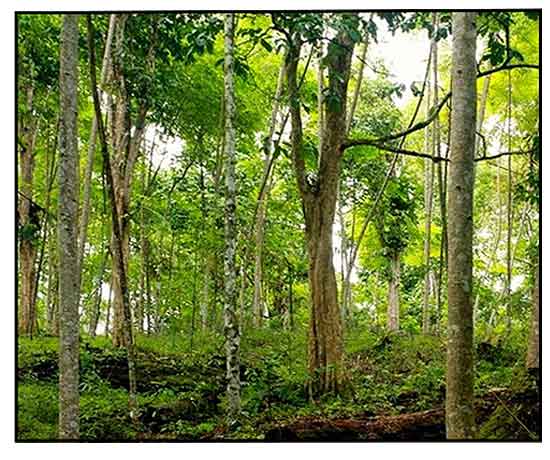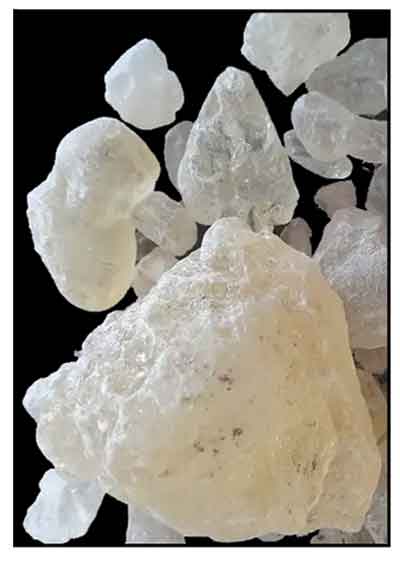
Family • Dipterocarpaceae
Manggasinoro
Anthoshorea javanica (Koord. & Valeton) P.S.Ashton & J.Heck.
WHITE MERANTI / DAMAR
| Scientific names | Common names |
| Anthoshorea javanica (Koord. & Valeton) P.S.Ashton & J.Hevk. | Manggasinoro (Filipino) |
| Shorea javanica Koord. & Valeton | Damar (Engl.) |
| Shorea vandekoppeli Parijs | Glass damar (Engl.) |
| Shorea vandekoppeli var. grandifolia Parijs | White meranti (Engl.) |
| Salacca zalacca (Gaertn.) Voss is an accepted name. KEW: Plants of the World Online | |
| Other vernacular names |
| INDONESIAN: Damar kaca, Damar sibolga, Damar mata kucing, Mesegar lanang. |
| KHMER: Lum' bao. |
| MALAY: Temak, Meranti pa'ang. |
| THAI: Phayom, Saya-khao, Kiam-khanong. |
| VIETNAMESE: S[ees]n, V[ee]. |
February 2024
![]()
 |
| PHOTOS / ILLUSTRATIONS |
| IMAGE SOURCE: Damar mata kucing trees / © MONGABAY - Situs berita lingkugan / Non-commervial use / Click on image of link to go to source page / / MONGABAY |
| OTHER IMAGE SOURCE: Shorea javanica: Arahkan untuk memperbesar / © Alibaba / Non-commervial use / Click onn image of link to go to source page / IndonesianAlibaba |
| OTHER IMAGE SOURCE: Shorea javanica: Tree / Resin / © SpringerLink / Non-commervial use / Click onn image of link to go to source page from book / SpringerLink--Ethnobotany of the Mountain Regions of Southeast Asia |
| OTHER IMAGE SOURCE: Shorea javanica / © Indonusaap / Non-commervial use / Click onn image of link to go to source page from book / Indonusaap |
Additional
Sources and Suggested Readings |
• |
DOI: It is not uncommon for links on studies/sources to change. Copying and pasting the information on the search window or using the DOI (if available) will often redirect to the new link page. (Citing and Using a (DOI) Digital Object Identifier) |
| List of Understudied Philippine Medicinal Plants |
| New plant names needed The compilation now numbers over 1,300 medicinal plants. While I believe there are hundreds more that can be added to the collection, they are becoming more difficult to find. If you have a plant to suggest for inclusion, native or introduced, please email the info: scientific name (most helpful), local plant name (if known), any known folkloric medicinal use, and, if possible, a photo. Your help will be greatly appreciated. |
• |
 |

 Gen info
Gen info Botany
Botany
